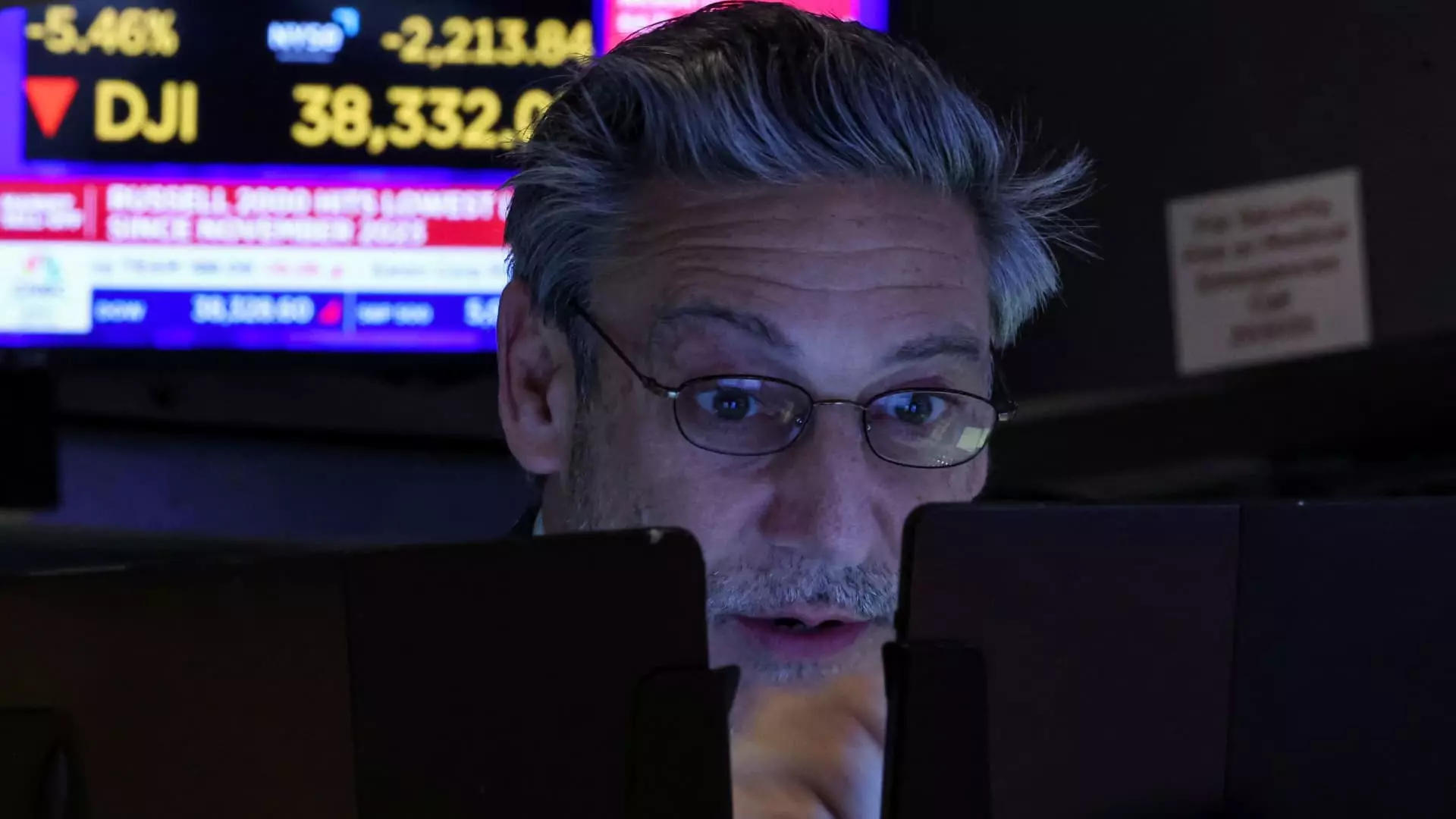The financial markets have their own rhythm—one that’s often jolted by external circumstances, whether they stem from economic indicators or geopolitical tensions. In times of significant instability, the implementation of trading halts serves a critical purpose. As witnessed during previous market downturns, including the surprising plunge in March 2020 due to the COVID-19 pandemic, these halts maintain a semblance of order amid chaos. While critics may argue that such interventions are overly cautious, I contend that they are essential for preserving financial stability, allowing investors time to reflect rather than react impulsively.
When trading halts are invoked, it’s not merely a bureaucratic exercise; it is a strategic pause that gives traders the opportunity to reassess their positions and the information at hand. This measured response can mitigate panic selling, which has often exacerbated crises in financial history. The recent surge in global trade tensions, instigated by policies of the Trump administration, has underscored the necessity for these pauses when market sentiment turns sour.
Understanding the Circuit Breakers
The framework of circuit breakers—a structure casual observers may dismiss as mere technical jargon—represents a pivotal safeguard in the marketplace. These mechanisms are designed to shield the market from wild speculative swings by imposing trading halts based on specific declines in key indices like the S&P 500. The three levels of these circuit breakers allow for graduated responses: minor fluctuations might warrant short halts, while drastic declines trigger more severe interruptions.
As per the current guidelines, a drop of 7% triggers a Level 1 halt, while a more drastic 20% plunge leads to a Level 3 halt, effectively closing the exchange for the day. This tiered approach not only helps mitigate losses but also sends a clear message to investors: volatility is to be respected, not simply endured. The financial world is incredibly interconnected, and when panic erupts, it can reverberate far beyond the initial trigger point.
The Reality Check of Market Volatility
Examples from the recent past are telling: the S&P 500 experienced a staggering 6% drop recently, marking a significant decline that echoed the market’s worst days during the height of the pandemic. Comparatively, the risks of allowing the market to spiral further underscore how critical the implementation of trading halts is during violent fluctuations.
Some may think it unnecessary or interventionist to halt trading, but in reality, that immediate pause provides traders with an essential mental checklist. Questions such as, “Should I sell now?” or “Is this a buying opportunity?” should be thoughtfully considered, not impulsively acted upon. By imposing a pause, we remind traders and investors that rational thought, not fear-driven reactions, should guide financial decisions.
Embracing a Culture of Caution
Cultivating a culture that respects the value of these halts not only fortifies individual investor confidence but also serves to insulate the broader market against severe downturns. Ignoring the significance of trading halts is akin to dismissing a fire alarm because we feel safe: reckless. Critical moments in market history have proven time and again that, left unchecked, trading can devolve into a frenzy that ultimately costs everyone more in the long run.
Investors often act based on emotions, whether they’re gripped by fear during market downturns or excessive exuberance during bull markets. Emphasizing trading halts will instill a deeper sense of responsibility and mindfulness among traders. The goal should not merely be to survive this wave of volatility but to emerge from it with a more resilient understanding of prudent investing.
Final Thoughts on Market Dynamics
In my view, the criticism of trading halts often overlooks the fundamental principle of rational economic behavior. The financial market is an intricate ecosystem with threads that can easily unravel under strain. Such interventions serve as a necessary mechanism to safeguard it. By honoring these pauses—whether they manifest in immediate halts or broader, strategic trading interventions—we allow for a healthier market environment. The goal is not to impede progress but to ensure that progress is made with mindfulness and due diligence. Embracing this necessity doesn’t just protect individual investments; it ultimately fortifies the market as a whole.

